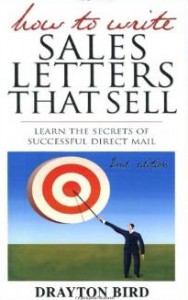
boring content that’s what you risk.
Have you noticed?
Too much content these days seems to come from a corporate point of view.
Often there’s little focus on customers’ problems, worries and desires.
So it’s hardly surprising people meet this with indifference.
Those who approve iffy work like this say they are response-oriented, but are they really?
Because when you address your customers’ needs and pain points … when you demonstrate interest in their lives, attitudes and predicaments … things look better.
That in itself should get you up to the mediocre level.
But the idea is to go further, isn’t it?
A marketer we know said that when you’re doing okay, some people think that’s the way life in the office will always be.
Of course, that was her way of damning people for complacency.
To avoid getting stuck that way, turn to the smartest ad agency people.
Those who have the talent to add surprise value to your communications with messaging that rewards customers and prospects for looking.
We’re talking about strategists, writers and art directors who can take what’s familiar about your product or service and present it anew.
Adopt that approach and you can sidestep dry, corporate communication and the boredom that accompanies it.
So to go from mediocre to something more engaging … something that punches convention below the belt … give your agency a seat at the table.
Elevate them from subservient order takers to planning allies.
Give them the freedom to go beyond tactics and a reactive role to the kind of proactivity that questions all you do.
That way they’re in a position to uncover new directions and opportunities for you.
After all, the best agencies support you with professionals who excel at branding, innovative digital thinking and creative execution across all channels.
They’re adept at digging deeper into research, developing new possibilities and ensuring briefs are highly creative.
Think of it this way, how can you expect brilliant creative work if you don’t first have a brilliant creative brief?
Don’t just think out of the box. As they say in the UK, let your agency think out of the bollocks for you.
That way you can improve your concepting, content and power for lead generation.
Best of all, you can leave mediocre work where it belongs.
With your competitors.
Share with us. Leave your comment below. Thanks for reading Whybetonto.com. Regards, Steve Ulin LinkedIn: http://linkd.in/1Bey3Jl


